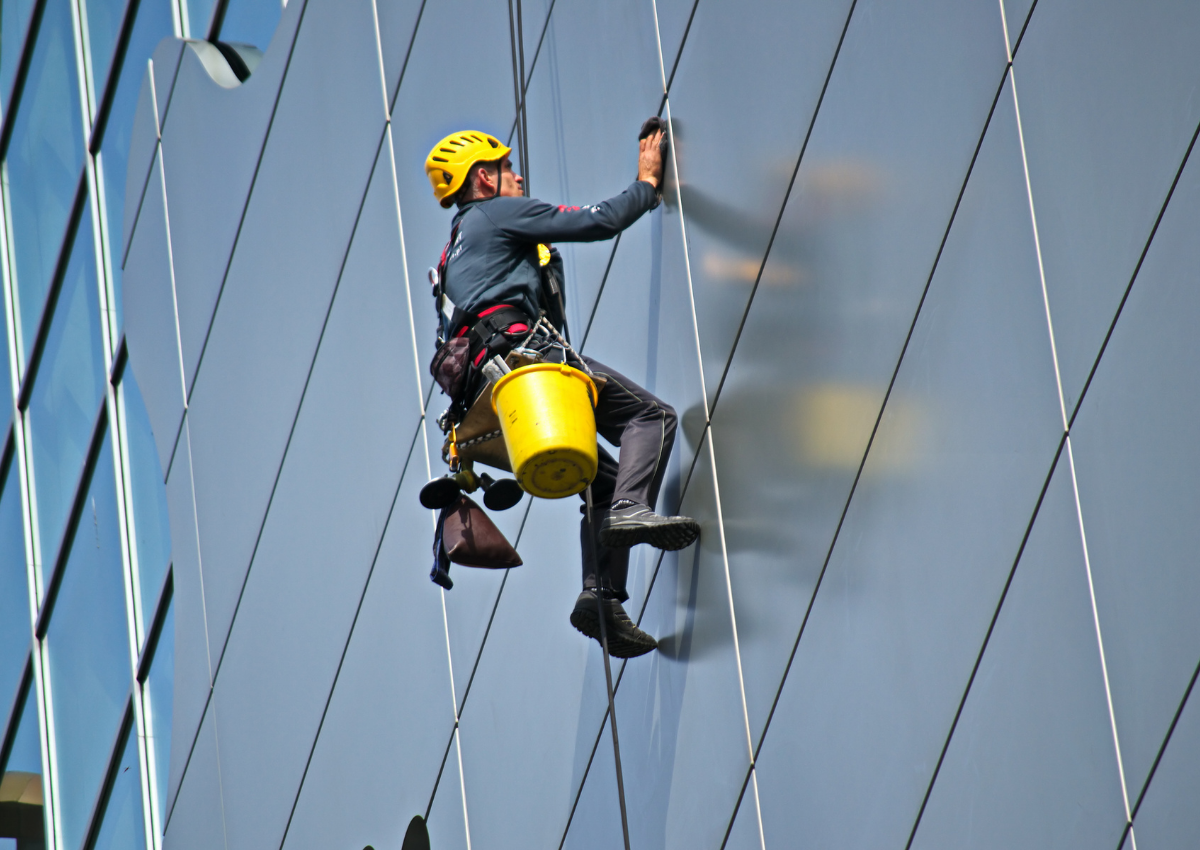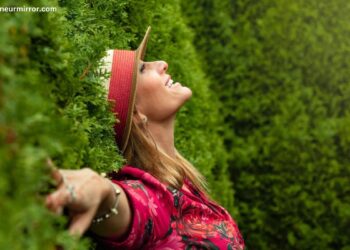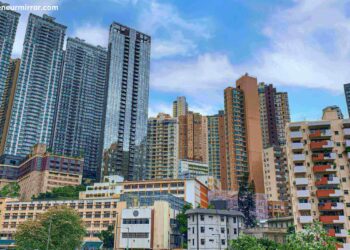Photography documents a scene brilliantly tells a story, communicates feelings, and guides the viewer’s eye through a visual tale. Photography Composition is at the core of every captivating photograph. It is the art of purposefully organizing elements in the frame to create a visually appealing and meaningful image.
Let us read more about the depths of photography composition techniques, its Rule of Thirds, and Depth of Field, and get some photography equipment reviews for a wiser decision.
The Rule of Thirds:
To understand the Rule of Thirds, you have to visualize your frame as made from nine equal squares divided by two horizontal and two vertical lines intersecting at four points. These intersection points are considered areas of interest where your subject or critical elements can be situated for the most significant emphasis. When framing your subject in this manner or at the points of intersection, you produce a more balanced and dynamic composition than just centering it.
Depth of Field:
The depth of field is the image’s clear and sharp part. This helps you control where the viewer looks and gives the drawing depth and dimension. By using a wide aperture, you will get a shallow depth of field that blurs the background, creating the focus on your subject, which is located in the foreground. On the other hand, a wide depth of field, obtained through a relatively small aperture, renders the foreground and the background equally transparent. It conveys a feeling of grandness and reference.
Exploring Composition Techniques:
While the Rule of Thirds and depth of field are valuable tools, photographers have a vast array of compositional techniques at their disposal:
- Leading Lines: Use the elements of nature, such as roads, railways, or architectural lines, to direct the viewer to your subject.
- Negative Space: Leave space around your main subject to emphasize its importance and increase strength.
- Symmetry and Patterns: You can use natural or man-made symmetry and patterns to bring a sense of order and visual interest.
- Framing: To frame your subject and add depth to the image, use foreground elements like doorways, windows, or foliage.
- Rule of Odds: When groupings are done in odd numbers (3, 5, 7), it creates a visually appealing composition that is dynamic.
Photography Equipment Reviews
Apart from mastering photography composition skills, acquiring the right tools is another way of getting better photographs. Below are some essential equipment with brief explanations of their capabilities:
Entry-Level DSLR:
- Canon EOS Rebel T8i: The camera is user-friendly with an 18-55mm lens, ideal for beginners.
- Nikon D3500: Good exploration with excellent image quality and a versatile 18-55mm VR lens.
Mid-Range Mirrorless:
- Sony a6400: It is compact yet powerful with a 16-50mm lens, making it usable across different genres.
- Fujifilm X-T30 II: The retro design coupled with an impressive autofocus system make this beastly in street photography terms
Professional Full-Frame DSLR:
- Canon EOS 5D Mark IV: Perfect for professionals thanks to its high-resolution sensor and weatherproof build.
- Nikon D850: Landscape photography and portraiture require excellent low-light performance together with a versatile 24-70mm lens, which this model has.
Important Notice!! It’s not about the best gear but how to effectively use what you have. So, just start small by learning the basics, then experiment with techniques.
The Power of Lighting:
Photographic light is a true life-giver; it molds shapes, discloses textures, and provokes feelings. An understanding of light can make your compositions better.
- Control daylight: Discover the many qualities of light during the day (such as golden hour, soft morning sunlight, and harsh shadows) and apply them to modify various subjects and scenes.
- Artificial lighting trial: Go for off-camera flashes, soft boxes, or continuous lights as you desire incredible effects, controlled shadows, and filling dark areas.
- Play with light and shade: This relationship between them allows images to grow into three dimensions with attraction. Shadows can add mystery, emphasize essential parts, or even draw viewers’ eyes.
Photography Composition Mastery:
- Improve your vision: Get into photography – view pictures and take them. Study compositions you like to find out why they are successful.
- Do not fear rule violation: Even though there are guidelines, composition is an art. Try different ways and break some rules to make your images unique and impactful.
- Practice makes perfect: The more often you compose, the more it becomes a habit. Carry your camera daily and capture small things around you compositionally.
Conclusion:
Remember, photography composition is a journey rather than a destination. Accept continuous learning by experimenting and enjoy taking pictures of the world with creative eyes. Keep in mind there are countless possibilities in the photography exploration journey. So grab your camera and let the artistic process engage you while looking around.
Also Read:






























































